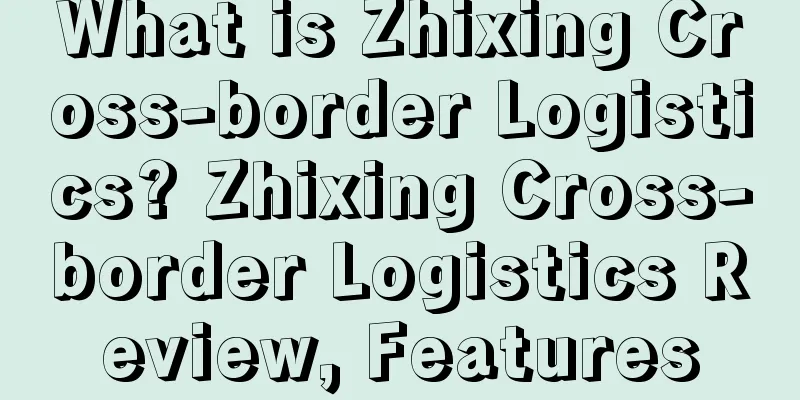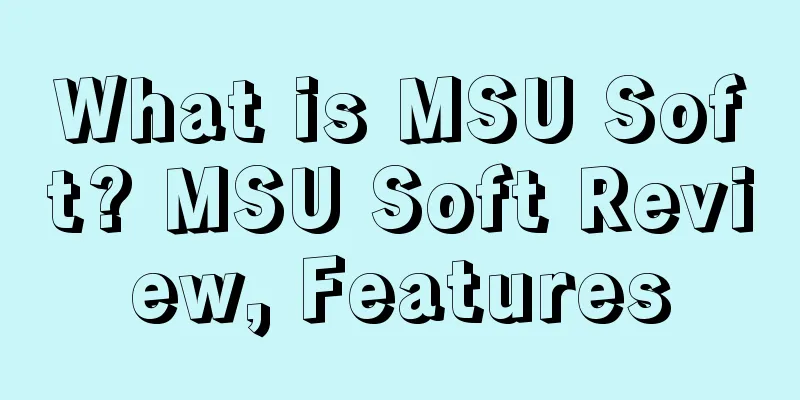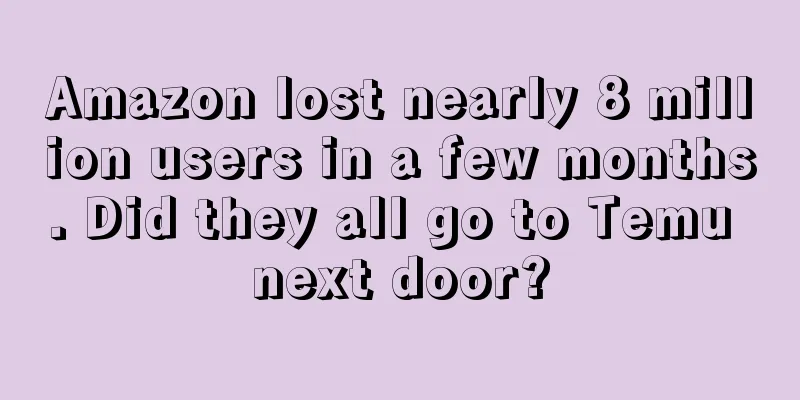What is BQB Certification? BQB Certification Review, Features

|
If your product has Bluetooth function and the Bluetooth logo is marked on the product appearance, it must pass a certification called BQB (Bluetooth Qualification Body), otherwise the product will be considered as infringing by the Bluetooth Special Interest Group (SIG).
Applicable Products 1. Products using Bluetooth technology. 2. Products using “Bluetooth”, “Bluetooth”, “Bluetooth” and “Bluetooth logo”.
Applicable Enterprises 1. Manufacturer; 2. Brand owner. According to the Bluetooth Association's regulations, not only manufacturers need to have BQB certification, but also the owners of OEM brands need to have BQB certification.
Consequences of not having BQB certification If the exported products using Bluetooth technology are found by customs and BQB certification cannot be provided during customs clearance, the products will be directly detained by the local customs.
Related Introduction 1. BQB certification If your product has Bluetooth function and has the Bluetooth logo on the product appearance, it must pass a certification called BQB; each product certification requires a corresponding number, this process is called QDL, and there is also a number called DID number. 2. QDL Column Name Bluetooth product "Final Product List", formerly known as: EPL listing (*From February 2014, EPL listing was changed to QDL listing) Refers to the listing form of Bluetooth BQB certification. For example, for a finished Bluetooth speaker, if the Bluetooth module has passed the BQB certification, then the Bluetooth speaker product does not need to reapply for BQB certification. As long as the module supplier's authorization is obtained, the product can be uploaded to the BQB website in the form of a listing.
Certification Fees 1. Annual membership: USD 7,500 per year. During the validity period of the year, each product application requires an application fee of USD 4,000 and the application process takes 1-2 weeks. A test report is required for the first application. 2. For non-annual members, apply for US$8,000 for each product.
Certified Membership Fees 1. Annual membership: Associate Member, annual fee is $7,500. The cost of purchasing a DID is $4,000 per DID. 2. Ordinary members: Adopter Member, no annual fee is required, register for free on the SIG official website. The cost of purchasing a DID is: US$8,000 per DID. 3. IIP Program: Innovation Incentive Program, application conditions: Companies that have never applied for BQB or have listed models on SIG and have annual turnover of less than 1 million US dollars can submit financial reports to SIG for application. Within one and a half years, the cost of purchasing DID is: 2,500 US dollars/piece, and a maximum of 2 can be purchased. *Note: In addition to the membership fee, you also need to pay the testing fee when applying for BQB certification!
QDL Listing Fees The first one is free: The original module was applied for by Company A, and now the finished product is also applied for by Company A. In this case, it is free The second type is charged, which is divided into three situations 1. Non-annual members who purchase the right to use a QDID (*BQB's QDID number has been changed to a DID number since 2012) that requires QDL will have their own DID. The fee is $8,000 per member (can be applied for in series); 2. Annual membership: same as above, fee is: 4,000 USD per member (can apply for model by series); 3. From February 1st, the preferential treatment within one and a half years (i.e. 18 months) is: those who have never applied for BQB or EPL before, and whose annual turnover is less than 1 million US dollars (can be declared), the fee is US$2,500 per person (models can be applied for by series). *Note: When applying for BQB or QDL listing, the company information must be consistent with the commodity inspection information. In the past, only foreign customs verified it. Now SIG has reached an agreement with Chinese customs, and shipments from Chinese customs must also verify whether BQB has been applied for.
Application Process Application Materials 1. Company information (name, address, contact person, contact information, corporate email address); 2. Product model and name; 3. Provide the registered username and password (you can register on SIG yourself); 4. Samples or photos of samples (multi-faceted appearance photos); 5. Letter of authorization (provided by the module company); 6. Product pictures (no need for actual product pictures).
Test Introduction All test items required for Bluetooth certification are defined and classified in TCRL; they are basically divided into two categories: Core test items: including RF, BB, LM, L2CAP, SDP and GAP; and other extended tests (including Profile, Protocol tests) and Profile IOP interoperability tests. According to the test type, BQB test includes the following test items: RF Testing; ·Protocol Conformance Test; Profile Conformance Test; ·Profile Interoperability Test. All test items are divided into four categories: A, B, C, and D. The details are as follows: The test should be performed on test equipment that meets the following equipment requirements, and the test certificate should meet the certification requirements. Since components, chips, and modules are all pre-qualified, the end-product using these components only needs RF and Profile testing. For End-Product, if the Component is certified, only RF testing is required. In addition, IOP testing is required even if other Profiles are not supported.
origin Bluetooth technology began with Ericsson's 1994 proposal to study low-power, low-cost wireless communication between mobile phones and other accessories. The inventor hopes to create a set of unified rules (standardized protocols) for communication between devices to solve the problem of incompatible mobile electronic devices between users. Before 1997, Ericsson approached mobile device manufacturers with this concept to discuss the cooperative development of its project, and received support. The project was officially launched in 1998. On May 20, 1999, industry leaders such as Sony Ericsson, IBM, Intel, Nokia and Toshiba founded SIG to formulate Bluetooth technology standards, so SIG has the rights to Bluetooth technology.
significance The global IoT application is growing significantly. According to data released by well-known institutions, the global IoT market is expected to exceed US$100 billion in 2018, with an average annual compound growth rate of more than 31%. According to statistics and forecasts, the number of IoT devices in the world reached 6.4 billion in 2016 and will reach 8.4 billion in 2017, with an annual growth rate of 31%. It is expected that the number of connected devices in the world will reach 20.8 billion by 2020. The potential business opportunities have attracted a large number of companies to transform into the IoT industry, and Bluetooth is a crucial wireless connection technology in the IoT. |
<<: What is A+ Page? A+ Page Review, Features
>>: What is Seller Growth Academy? Seller Growth Academy Review, Features
Recommend
A new model for parcel delivery! Amazon Japan unlocks new trends for 2021
It is reported that on February 25 , Amazon will ...
Confirmed! Amazon's new actions will affect the sales of a large number of sellers
The "high return rate" label on Amazon&...
Amazon’s Labor Day promotion has begun, and the best-selling list is released!
The first Monday of September every year is Labor...
Sellers with hundreds of millions of sellers are selling their stores. Is the "selling oneself" craze coming in the Amazon circle?
Among the many overseas markets, Amazon is the fi...
Amazon is shutting down its two-hour delivery app Prime Now
Amazon announced on Friday that it will shut down...
Raising prices will result in account suspension, Amazon’s “fair pricing” has caused dissatisfaction among sellers…
Recently, the editor learned from the Amazon offi...
The average cost of marriage is 230 million won. It is so difficult for Koreans to get married!
Korean marriage information company Duoed release...
What is UK FCA? UK FCA Review, Features
The UK FCA strictly supervises all financial serv...
Changes in German consumer spending during the epidemic, fashion orders increased by 35%
Since the outbreak of the epidemic, the German e-...
What is ShipHero? ShipHero Review, Features
Founded in 2013, ShipHero is a New York-based e-co...
Financing of over 10 million yuan! Amazon kitchen appliances are popular among investors
Recently, a cross-border kitchen appliance brand ...
What is SentryKit? SentryKit Review, Features
SentryKit is a listing tracking tool. Features inc...
Generac products have safety risks, more than 300,000 units have been recalled!
Recently, Generac, an American power generation p...
Sales surged 3300%! These products on Tokopedia continue to sell well
2020 has passed quietly, and major e-commerce pla...
What is BlockDaemon? BlockDaemon Review, Features
BlockDaemon is committed to providing blockchain ...









